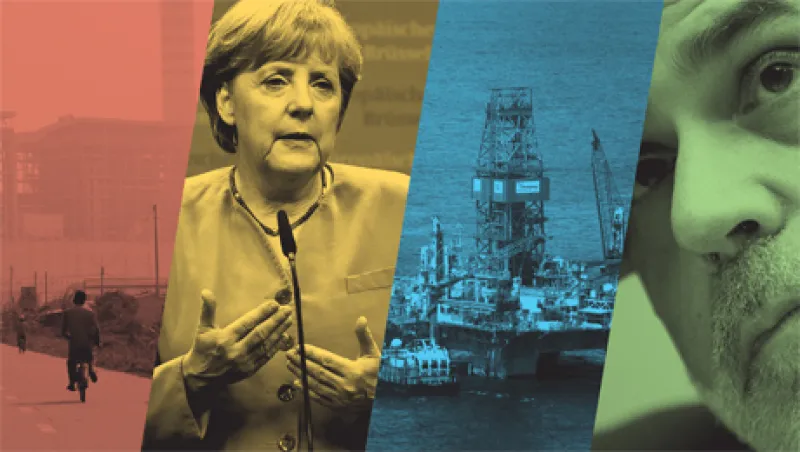
Global Macro Hits a Cliff
The U.S. fiscal deadlock has macro traders in a worrisome mood even as the ECB’s intervention brightens the euro outlook.
James Shinn
October 11, 2012


